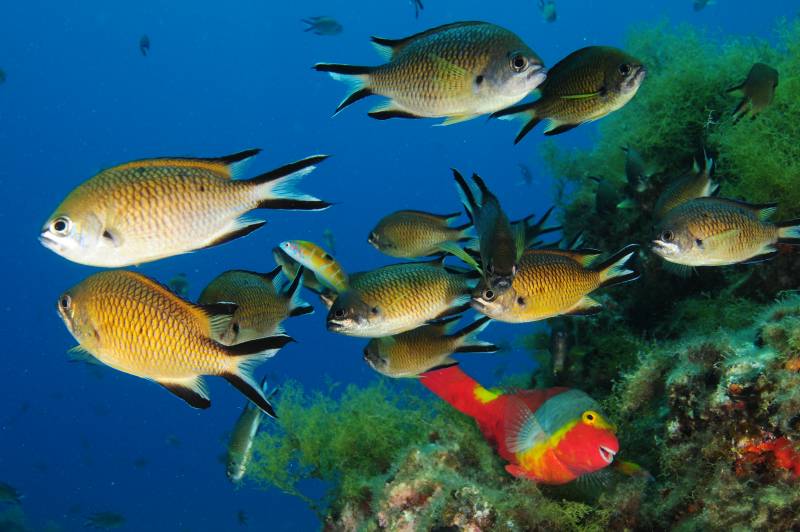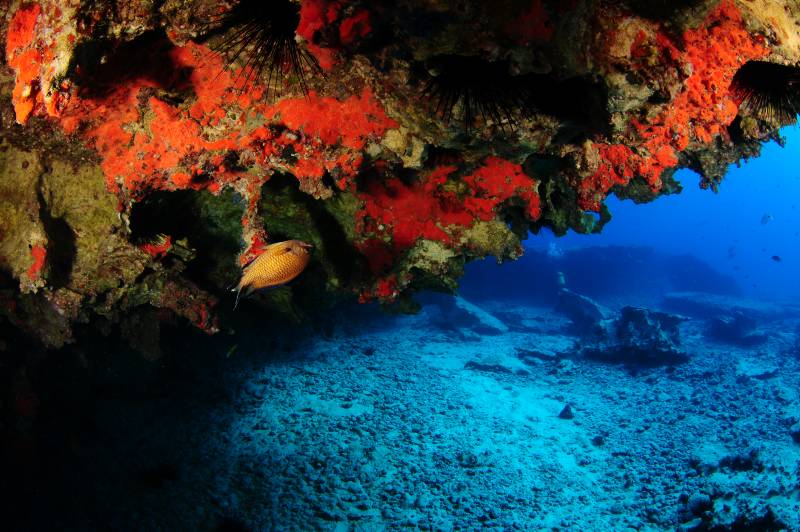Repsol’s environmental assessment in the Canary Islands conceals critical information
Repsol has only surveyed one ten-millionth of the area and does not know if drilling work will be carried out in the area assessed or elsewhere
Press Release Date: September 26, 2013
Location: Madrid
Contact:
Oceana Web | email: webadmin@oceana.org | tel.: 202.000.0000
Oceana highlights in its allegations that the EU has established the obligation to protect reefs and gas chimneys like the ones that would be destroyed in prospections.
Oceana has submitted allegations against the Environmental Impact Assessment report presented by Repsol in order to obtain permission to conduct oil exploration operations off the coast of the Canary Islands. These allegations indicate that the surveying conducted to assess the seabed and the impact of drilling work is highly deficient and missing key data that Repsol already had back in 2003, but which do not appear in this new report.
These concealed data include the presence of protected habitats in the area earmarked for prospecting, such as reefs and submarine structures made by leaking gases, which are both included in the EU’s Habitats Directive. No area has yet been designated in the Canary Islands for the protection of the latter, despite this being a legal obligation and the fact that the existence of such structures elsewhere in the archipelago has yet to be confirmed.
Oceana places special emphasis on the inadequacy of the data presented by Repsol, highlighting that the surveys barely cover 0.0000001% of the exploration area and fail to analyse the different habitats and seabeds in the area, as recommended by international organizations, including OSPAR, and the oil companies themselves.
“Repsol has merely tried to fulfil its obligation by doing the bare minimum, but its report leaves a lot to be desired if it wishes to obtain the authorisations necessary to carry out an activity of such impact and magnitude”, stated Ricardo Aguilar, Oceana’s Director of Research in Europe and expert witness in the court case against Repsol in the Spanish High Court. “The size of the surveyed area is ridiculous, and Repsol itself has recognised that it may not be the place where it actually carries out the prospection work. Moreover, the report it has presented as an environmental impact assessment conceals key biological and geological data that have already been documented”.
 |
 |
Repsol’s assessment is inconclusive because after analysing less than 6 m2 of sediment, which Oceana considers to be entirely insufficient, the study concludes by acknowledging that the seabeds surveyed may not even be the ones affected by oil prospection activities since the company has yet to determine the precise location where these activities will be conducted. This single statement de-legitimizes the study, stripping it of any validity.
Oceana has also submitted information from several previous studies, including one by Repsol in 2003, which show that in the area where Repsol intends to prospect there are mounds, deep coral, pockmarks, gas chimneys and different marine bottom communities such as crinoids, holothurians, glass sponges, burrowing fauna, etc.
A study by Oceana submitted to the European Commission in 2012 calculates that petroleum activities in the straits between the Canary Islands could affect 25 marine protected areas, 12 types of habitats and 82 species listed in marine conservation legislation and agreements. In the aforementioned study, the international ocean conservation organization also highlighted that current technology lacks the capacity to respond to accidents in deep waters, as evidenced in the Gulf of Mexico in 2010.

